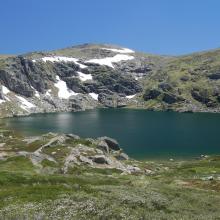Search results
Search found 64 Ramsar Sites covering 8,638,256 ha
- (-) Remove Region/country: Serbia filter Region/country: Serbia
- (-) Remove Region/country: Germany filter Region/country: Germany
- (-) Remove Region/country: Slovakia filter Region/country: Slovakia
- (-) Remove Region/country: Oceania filter Region/country: Oceania
- (-) Remove Statutory designation taxonomy: Global international legal and other formal filter Statutory designation taxonomy: Global international legal and other formal
- (-) Remove Region/country: Italy filter Region/country: Italy
- (-) Remove Region/country: Belarus filter Region/country: Belarus
- (-) Remove Region/country: Asia filter Region/country: Asia
Map
Materials presented on this website, particularly maps and territorial information, are as-is and as-available based on available data and do not imply the expression of any opinion whatsoever on the part of the Secretariat of the Ramsar Convention concerning the legal status of any country, territory, city or area, or of its authorities, or concerning the delimitation of its frontiers or boundaries.
List
-

Western Port
-
Country:Australia
-
Designation date:15-12-1982
-
Site number:267
-
Published since:26 year(s)
59,297 ha -
-
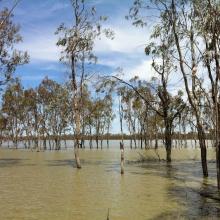
Hattah-Kulkyne Lakes
-
Country:Australia
-
Designation date:05-04-1983
-
Site number:264
-
Published since:1 year(s)
955 ha -
-

Great Sandy Strait
-
Country:Australia
-
Designation date:14-06-1999
-
Site number:992
-
Published since:24 year(s)
93,160 ha -
-

Riverland
-
Country:Australia
-
Designation date:23-09-1987
-
Site number:377
-
Published since:11 year(s)
30,640 ha -
-

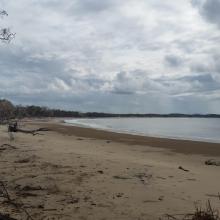
Shoalwater and Corio Bays Area
-
Country:Australia
-
Designation date:01-03-1996
-
Site number:792
-
Published since:5 year(s)
202,023 ha -
-
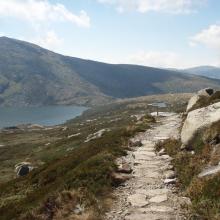
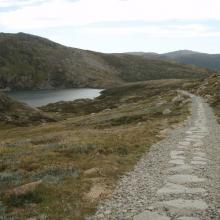
Blue Lake
-
Country:Australia
-
Designation date:17-03-1996
-
Site number:800
-
Published since:1 year(s)
338 ha -
-

Kakadu National Park
-
Country:Australia
-
Designation date:06-12-1980
-
Site number:204
-
Published since:13 year(s)
1,979,766 ha -
-
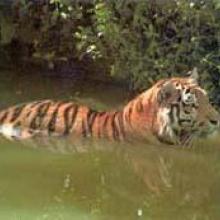
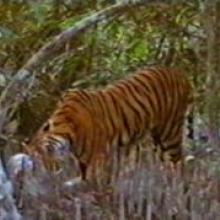

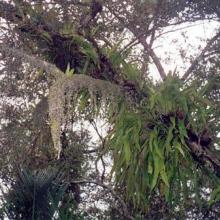

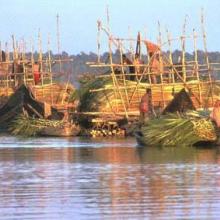
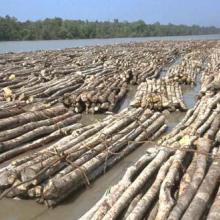



Sundarbans Reserved Forest
-
Country:Bangladesh
-
Designation date:21-05-1992
-
Site number:560
-
Published since:21 year(s)
601,700 ha -
-
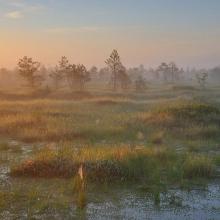
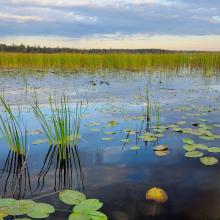
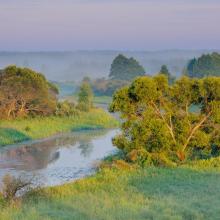






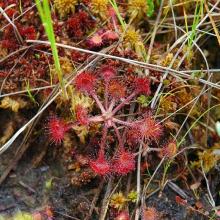


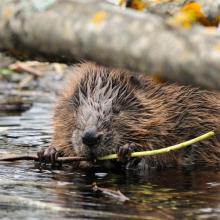

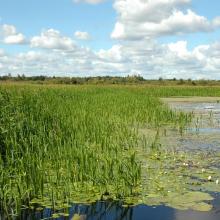
Berezinsky Biosphere Reserve
-
Country:Belarus
-
Designation date:25-01-2010
-
Site number:1927
-
Published since:4 year(s)
85,192 ha -
-
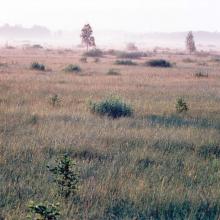
Dikoe Fen Mire
-
Country:Belarus
-
Designation date:30-03-2015
-
Site number:2263
-
Published since:8 year(s)
23,145 ha -
